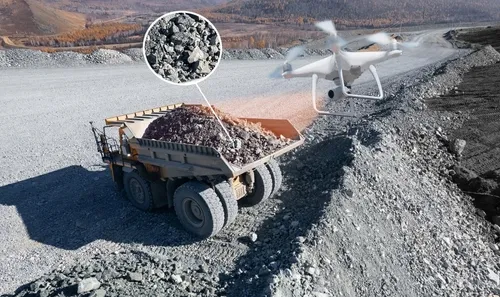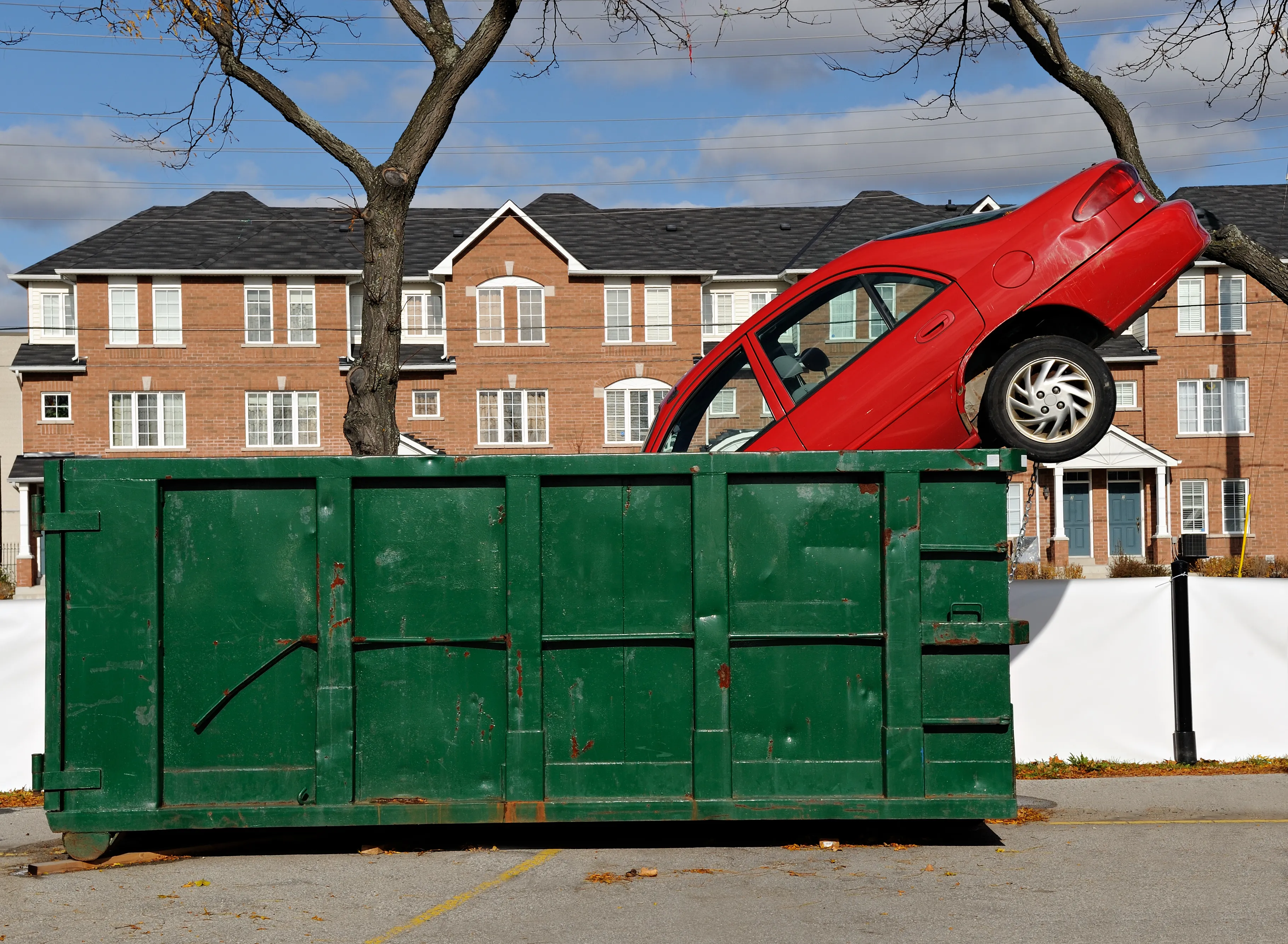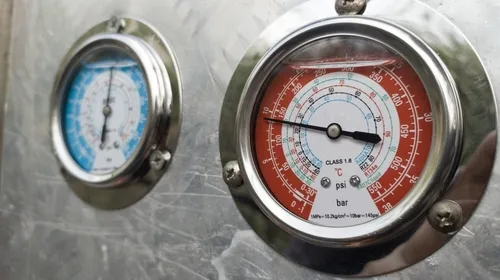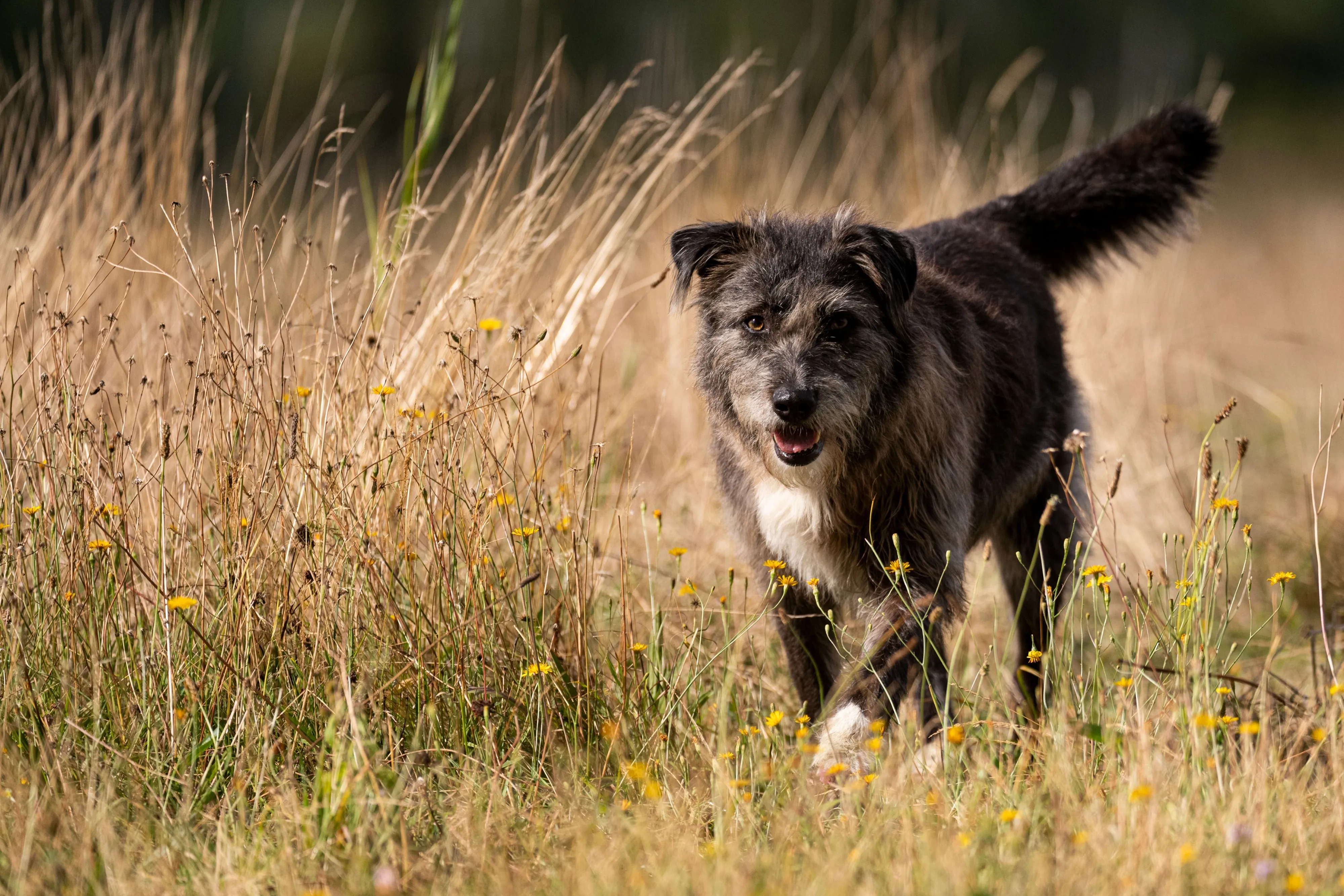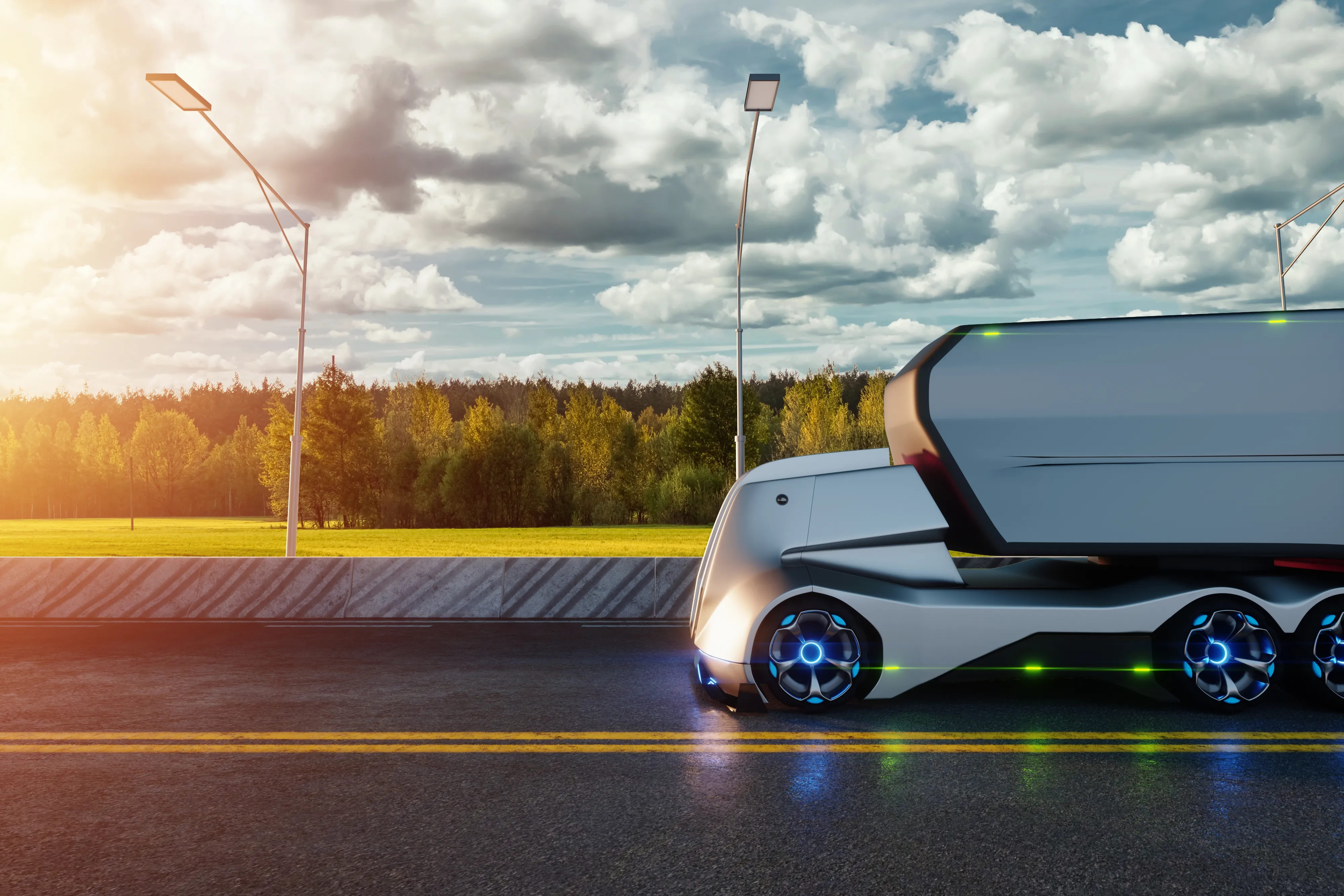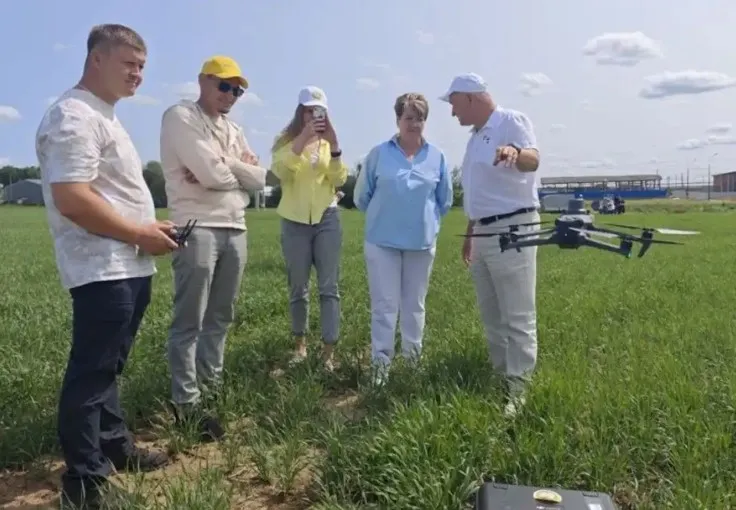Russia’s New AI Kamikaze Drone Can Outsmart GPS Jamming and Think for Itself
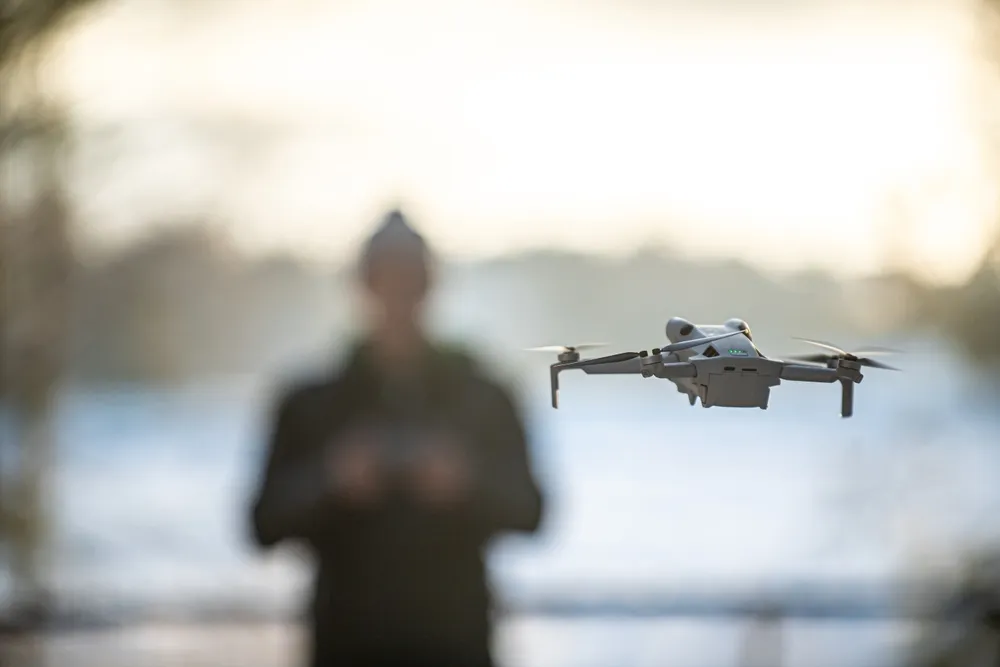
Engineered for autonomy and resilience, the V2U drone signals a major leap in AI-powered warfare tech.
In the evolving theater of electronic warfare, satellite-denied environments are becoming the new norm. Russia’s latest unmanned aerial vehicle — the V2U — isn’t just surviving in this space, it’s thriving. Developed by Russian researchers and unveiled via Smotrim.ru, this next-generation loitering munition leverages artificial intelligence and optical navigation to locate, track, and strike targets — entirely without GPS.
Navigation Without Satellites
Maxim Kondratyev, head of a drone aviation training center and a corresponding member of the Russian Engineering Academy, explains that the V2U relies on a multi-camera optical system. These cameras scan the terrain in real time and match it against preloaded aerial imagery. “Navigation is fully autonomous and immune to satellite disruptions,” Kondratyev says. “That makes traditional electronic warfare almost useless against it.”
In short: V2U can see the battlefield the way a pilot would — and then some. Without reliance on GPS signals or external communications, it becomes nearly invulnerable to jamming and spoofing tactics, a feature that modern electronic warfare struggles to counter.
Smart Targeting and Adaptive Maneuvers
But the V2U doesn’t stop at clever navigation. Its AI core enables real-time battlefield awareness and object recognition, allowing it to identify personnel, artillery, fortified positions, armored vehicles, and moving targets. The drone also demonstrates dynamic maneuvering capabilities — evading anti-air defenses not by flying in a straight line, but by constantly rerouting based on live data. Using triangulation to detect radar systems, it calculates safe approach vectors and can strike targets from unpredictable angles.
This kind of behavior isn’t pre-programmed; it’s learned. The drone’s ability to analyze threats, adapt its route, and choose attack vectors makes it more than just a flying munition — it’s a weaponized machine intelligence system.
The Bigger Picture: Russia’s AI Defense Ambitions
The V2U’s reported field performance underscores Russia’s continued investment in AI-integrated military technologies. At a time when many nations are exploring autonomy in drone warfare, Russia’s practical demonstration of such a system — especially one that operates independently of satellite infrastructure — points to a strategic push for resilient, decentralized combat platforms.
While the geopolitical implications are still unfolding, one thing is clear: this drone doesn’t just fly — it thinks.


